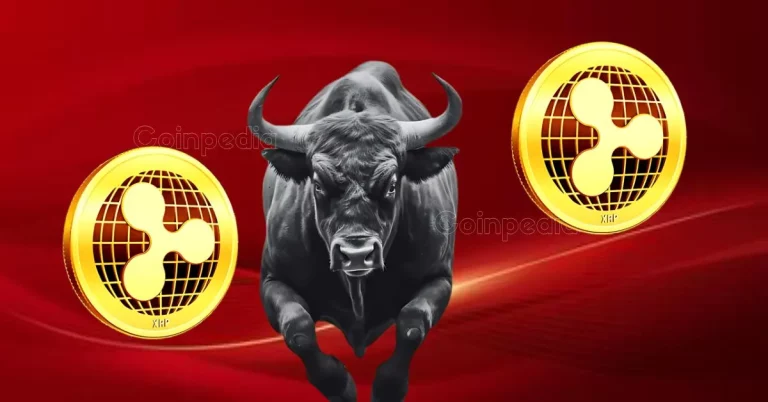
Traveling Through Time: How Europe’s Historical Heritage Shapes Modern Lifestyles in 2025
Traveling Through Time: How Europe’s Historical Heritage Shapes Modern Lifestyles in 2025. Europe, a continent steeped in history and tradition, has a profound impact on the modern lifestyles of its inhabitants. From the cobblestone streets of Rome to the canals of Amsterdam, every aspect of European culture is infused with the spirit of the past. As we journey through the continent, we see how historical heritage shapes modern lifestyles in 2025, influencing everything from architecture to cuisine and beyond.
Preserving the Past, Embracing the Future
One of the most significant ways in which Europe’s historical heritage shapes modern lifestyles is through the preservation of historical landmarks and architecture. From the Eiffel Tower to Big Ben, these iconic structures are not only a testament to the continent’s rich history but also continue to play an integral role in modern cityscapes. Many European cities have made a concerted effort to preserve their historical architecture, incorporating ancient buildings into modern urban planning and ensuring that the past and present coexist in harmony.
Cultural Heritage and Modern Lifestyles
Cultural heritage is another area where Europe’s historical past continues to influence modern lifestyles. Traditional festivals and celebrations, such as the Tomatina festival in Spain and the Venetian Carnival in Italy, attract millions of visitors each year and provide a unique glimpse into the continent’s rich cultural tapestry. Additionally, European cuisine, with its emphasis on local ingredients, seasonal produce, and traditional cooking methods, has become a staple of modern lifestyles, with many restaurants and chefs incorporating historical recipes and techniques into their menus.
Education and Historical Heritage
Education is another area where Europe’s historical heritage plays a significant role in shaping modern lifestyles. With a strong emphasis on preserving and promoting cultural heritage, many European countries have implemented programs to educate citizens about their historical past. This not only helps to promote a sense of national identity but also fosters a deeper appreciation for the continent’s rich cultural diversity. Furthermore, historical sites and landmarks are often used as educational tools, providing a unique and immersive learning experience for students of all ages.
Conclusion
In conclusion, Europe’s historical heritage continues to shape modern lifestyles in 2025, influencing everything from architecture to cuisine and education. As we travel through the continent, we see how the past and present intersect, creating a unique and diverse cultural landscape that is quintessentially European. Whether through the preservation of historical landmarks, the celebration of cultural heritage, or the promotion of education, Europe’s historical past remains an integral part of modern lifestyles, ensuring that the continent remains a vibrant and dynamic cultural hub for generations to come.





